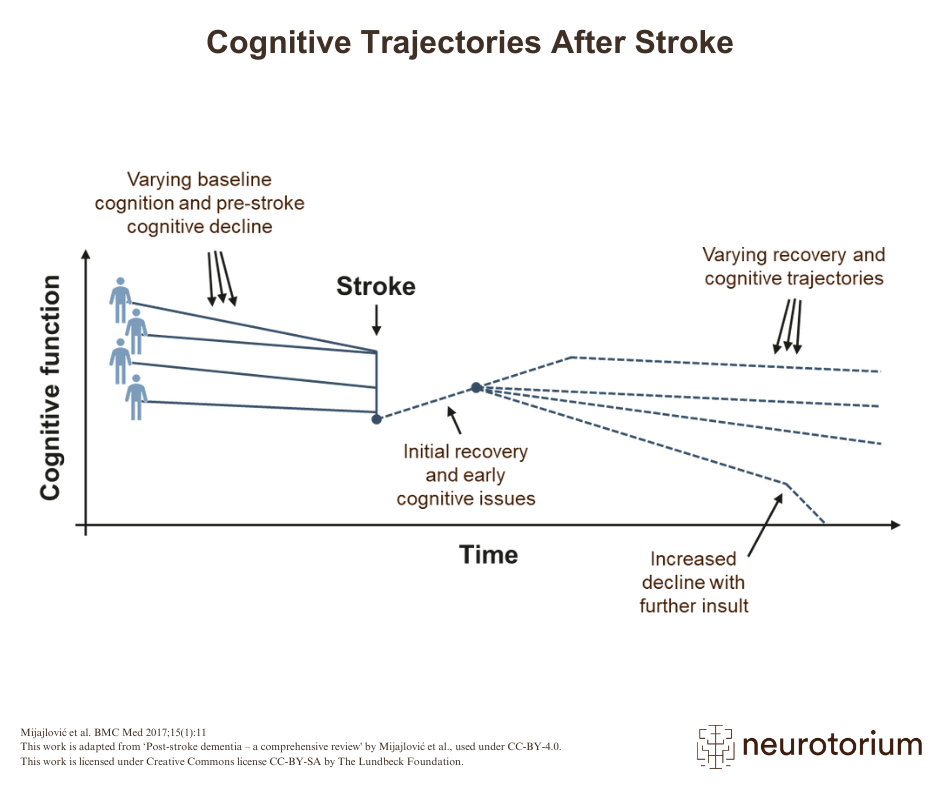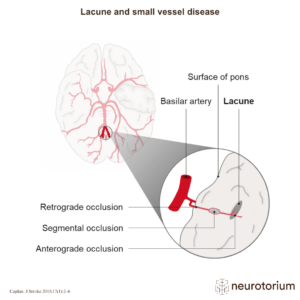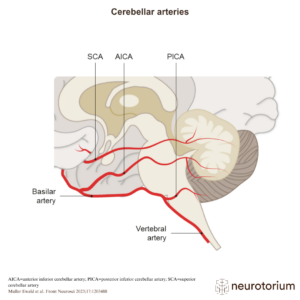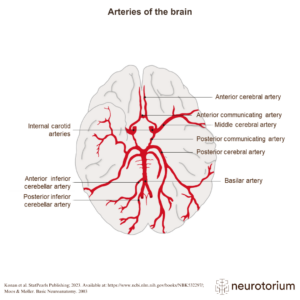There are different paths of recovery that a patient can take after a stroke, which range from some degree of cognitive recovery to a steep decline and recurrent strokes.1,3 Patients can show some early recovery,1-3 but this is reduced in patients with:
- greater small vessel disease burden4
- diabetes mellitus, older age4
- early executive dysfunction.6





